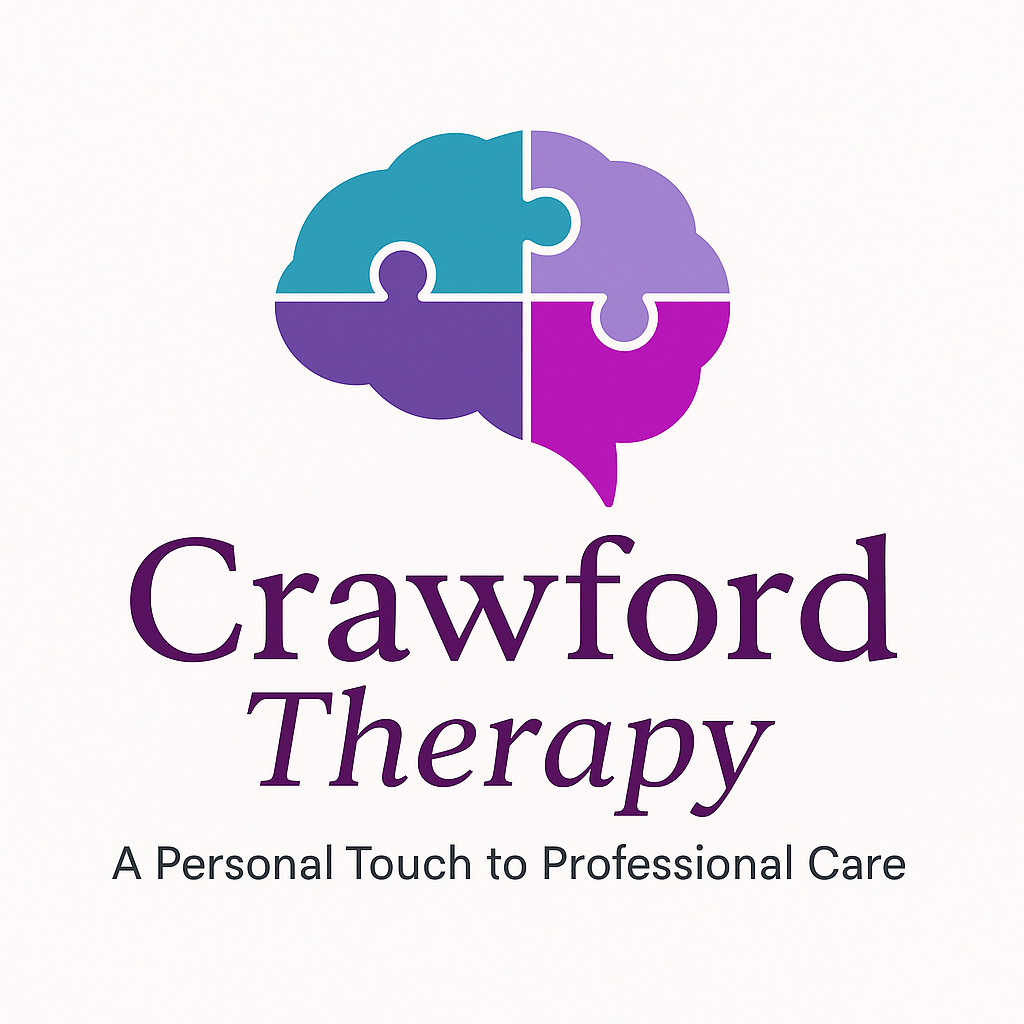What are Phobias?
Phobias are intense, irrational fears of specific objects, situations, or activities that are out of proportion to the actual danger posed. Common phobias include fear of heights (acrophobia), enclosed spaces (claustrophobia), and animals (zoophobia).
How it Negatively Affects Your Life:
Phobias can significantly impact daily life by causing individuals to avoid certain situations or objects, leading to limitations in activities and social interactions. The intense fear and anxiety associated with phobias can result in physical symptoms such as sweating, trembling, and rapid heartbeat. Severe phobias can interfere with work, school, and personal relationships, reducing overall quality of life.
How Treatment Helps:
Treatment for phobias often includes cognitive-behavioral therapy (CBT) with exposure therapy, which gradually exposes individuals to the feared object or situation in a controlled manner. This helps reduce fear and anxiety over time. Relaxation techniques and medication can also be used to manage symptoms. Therapy empowers individuals to confront and overcome their fears, leading to greater freedom and improved functioning.
References
What Causes Phobias?
Phobias often begin in childhood or adolescence but can develop at any stage of life. They may stem from a traumatic experience, learned behaviour from parents or peers, or even from witnessing others’ fearful reactions. Genetics and brain chemistry can also play a role, particularly if there is a family history of anxiety disorders. Sometimes, the specific cause of a phobia is unclear, yet the emotional response remains intense and involuntary.
Why Professional Help Makes a Difference
Phobias may seem like something you should simply “get over,” but they often require structured support to resolve. A therapist helps you understand the root of your fear, build coping skills, and gradually reduce your emotional reactivity to the trigger. Evidence-based therapy empowers you to regain control over your life without shame or judgment.
Therapeutic Approaches That Help
Our therapists use proven techniques tailored to your unique needs. Cognitive Behavioural Therapy (CBT) is especially effective for treating phobias, helping you challenge irrational beliefs and safely face feared situations. Exposure Therapy involves gradual, guided encounters with the source of fear, reducing your emotional distress over time. We may also use Mindfulness-Based Therapy to increase emotional regulation and Trauma Therapy if your phobia stems from a past incident. Treatment is always paced according to your comfort and readiness.
Who is Affected by Phobias?
Phobias affect people across all ages, backgrounds, and cultures. They are more common in women but can affect anyone, including children and older adults. Some individuals may only have one specific phobia, while others may experience multiple. Even highly capable or successful individuals can struggle with phobias, which does not reflect weakness or irrationality. If fear is limiting your life in any way, you deserve support and relief.
What Recovery Can Look Like
Recovery from a phobia involves learning how to respond to your fears with less intensity and more confidence. Many people are surprised by how quickly they improve once they begin therapy. You might find yourself travelling more freely, participating in social events, or finally addressing medical concerns you had long avoided. While triggers may never disappear completely, your relationship to them can shift from panic to resilience, giving you back the freedom you deserve.
Frequently Asked Questions
- How long does therapy for phobias take? Many clients see improvement in 6 to 12 sessions, depending on the severity and type of phobia.
- Is exposure therapy safe? Yes. It is always gradual and collaborative, ensuring you are never pushed beyond your comfort level.
- Can children with phobias benefit from therapy? Absolutely. Therapy is adapted to suit the child’s age and needs, often involving parents.
Realistic Case Example
Sam, a 34-year-old graphic designer, sought help for a longstanding fear of flying. He had turned down promotions and missed family events abroad due to his avoidance. During therapy, Sam explored the origin of his phobia, which was linked to a turbulent childhood flight. Through CBT and exposure techniques, he practised relaxation strategies, visualised flying, and eventually accompanied his therapist on a short airport visit. After several months, Sam took a short domestic flight. Though nervous, he felt in control for the first time in years. He now travels regularly with only minor discomfort and reports significant improvements in his confidence and career.
Related Concerns
Next Steps
You do not need a diagnosis to get help. If a specific fear is interfering with your quality of life, we can help. Our therapists provide compassionate, non-judgmental support tailored to your needs. Take the first step today.
References
- Mayo Clinic. (2023). Specific phobias. https://www.mayoclinic.org
